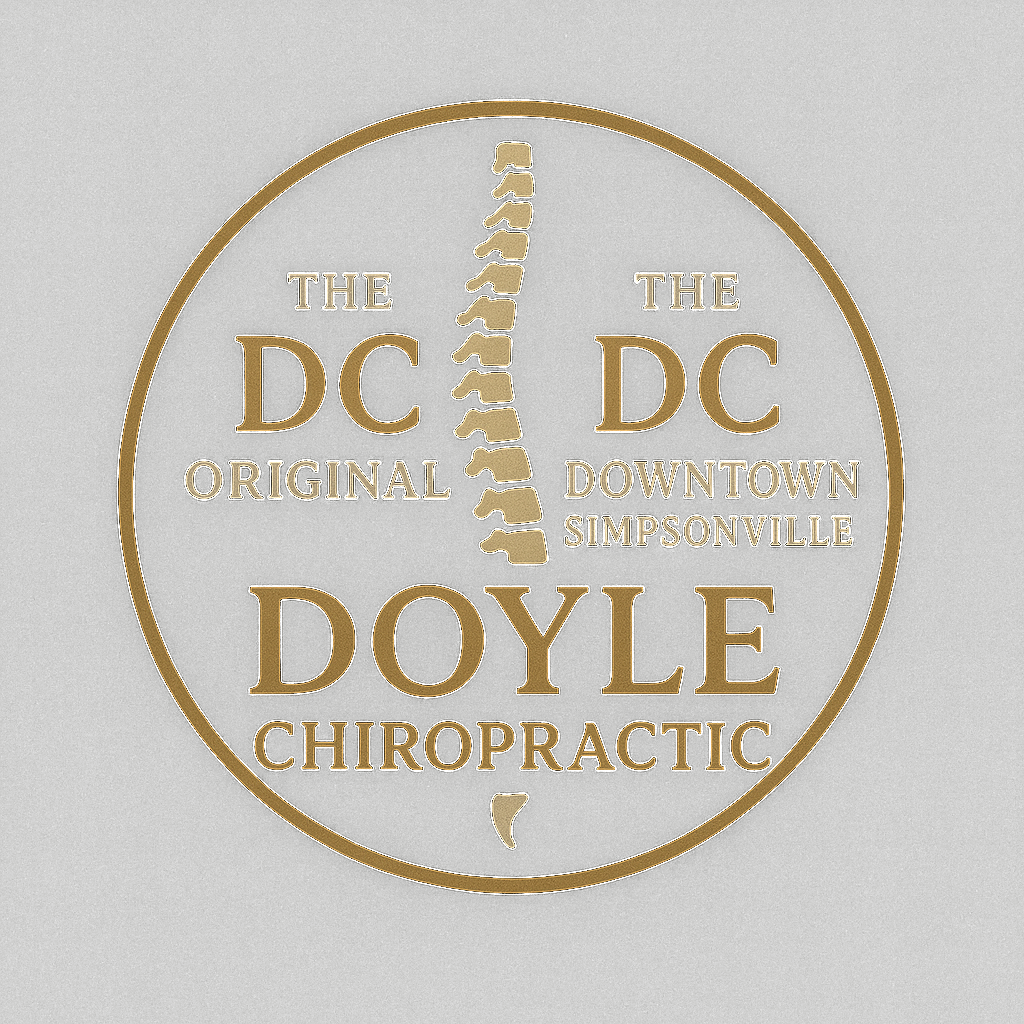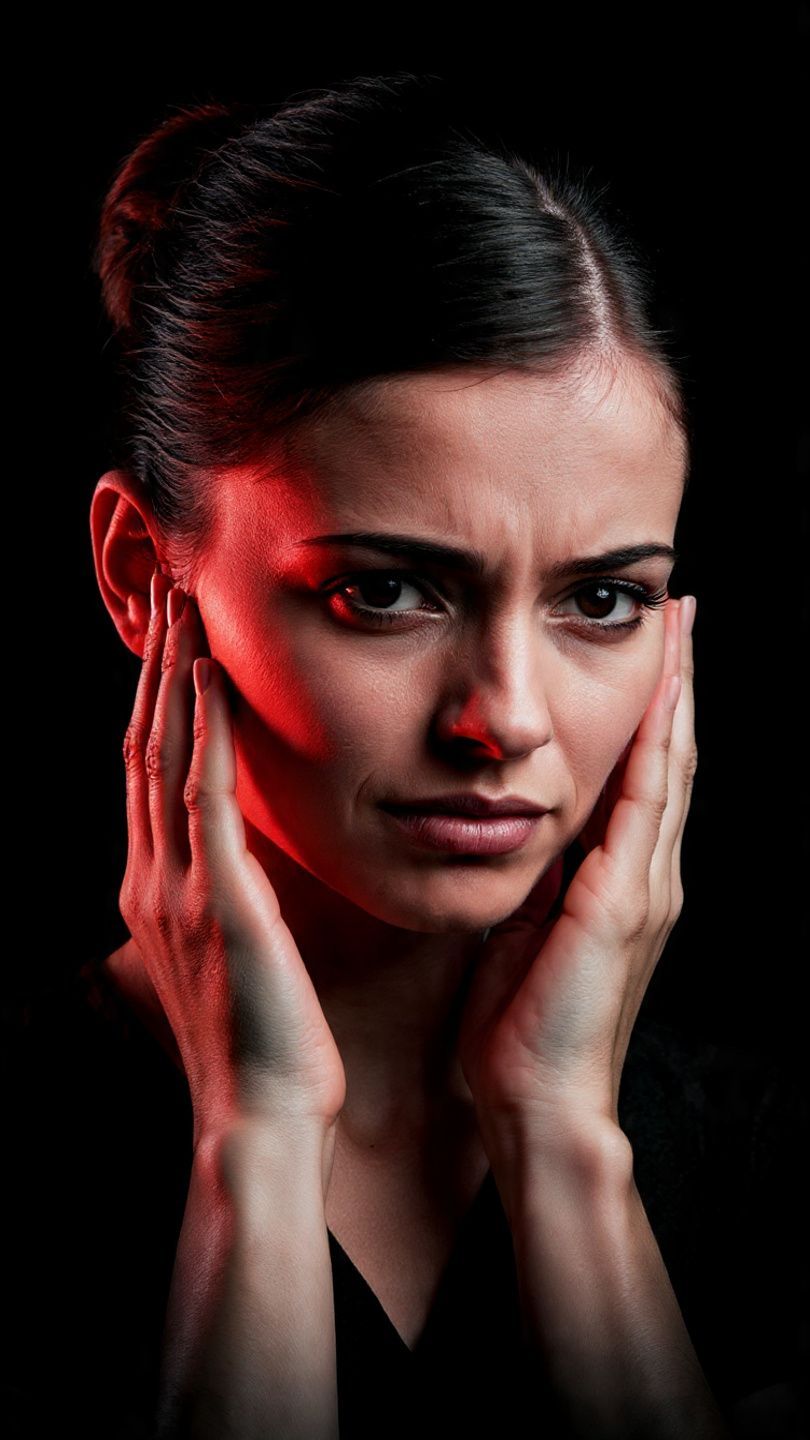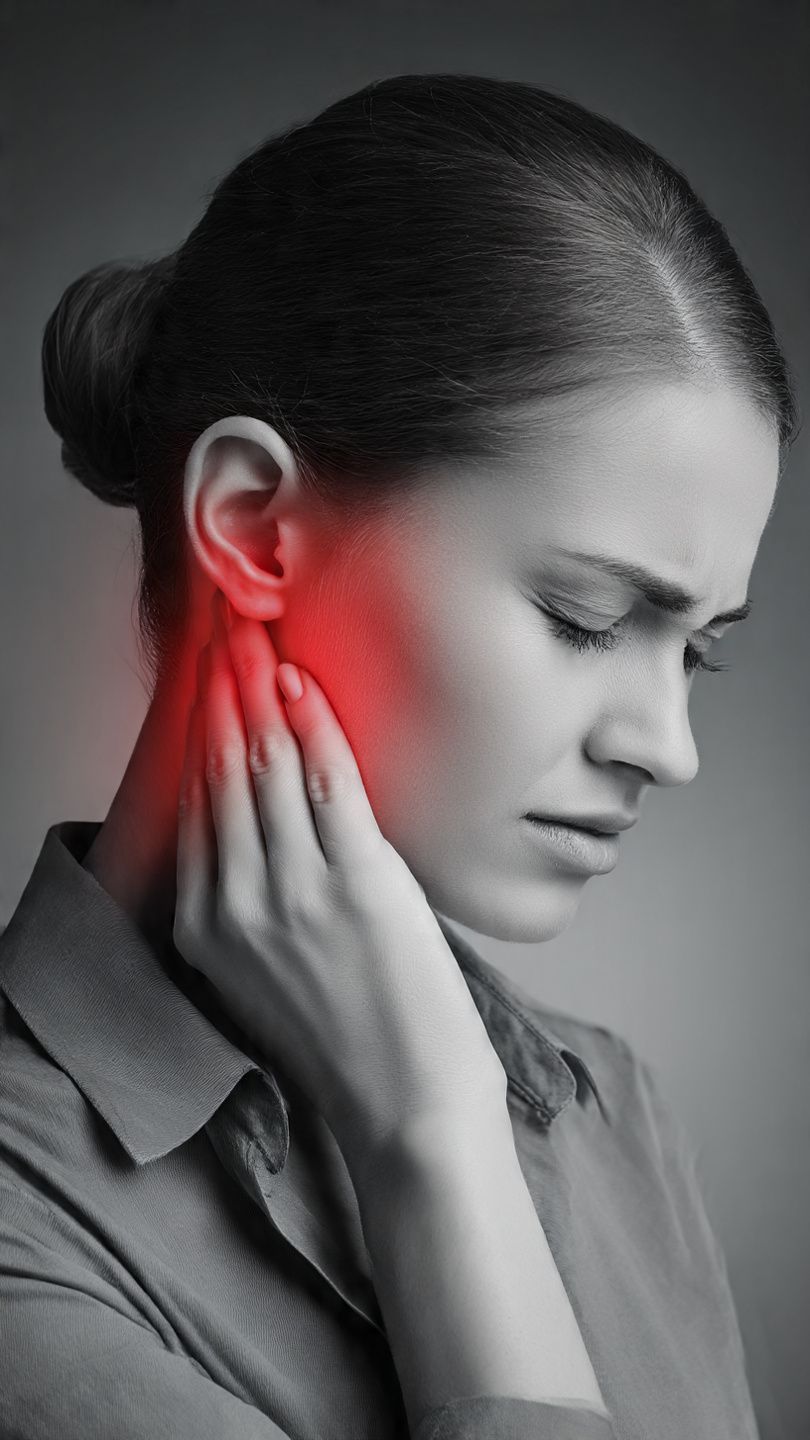Overview of Symptoms
- Jaw clicking, popping, or grinding when opening or chewing
- Pain or tightness in the jaw, face, or around the temples
- Headaches behind the eyes or across the sides of the head
- Ear pain, fullness, or pressure
- Difficulty chewing or feeling like the jaw “catches”
- Tightness in the neck, shoulders, or upper back
- Jaw deviation or shifting when opening the mouth
- TMJ pain worsened by stress, clenching, grinding, or long dental procedures
- TMJ issues caused or worsened by posture problems, spinal misalignments, or shoulder imbalance
- Subtle muscular imbalances caused by the
jaw–hyoid–shoulder–spine chain where misalignments in the neck or upper back pull on the muscles that coordinate jaw opening (simplified version of your description)
City skyline
How Chiropractic Can Help
- Restores proper motion in the jaw joint (TMJ) and cervical spine
- Reduces nerve irritation and muscular tension that can refer pain into the jaw, temples, and face
- Improves structural balance between the jaw, hyoid, shoulders, and upper back
- Addresses the postural stresses (especially forward-head posture) that strain the TMJ
- Relieves chronic tension from clenching, grinding, and stress-related jaw tightness
- Corrects spinal misalignments that place abnormal tension on the shoulder and hyoid muscles involved in jaw movement
- Helps reduce inflammation, improve symmetry, and support proper jaw alignment
Recommended Therapies for TMJ / Jaw Pain
Chiropractic Adjustments
- Focused on the jaw, cervical spine, and upper back
- Improve alignment in the TMJ and surrounding joints
- Reduce nerve irritation and muscular tension
- Help restore the natural biomechanics of chewing and speaking
Laser Therapy (Erchonia Class II + Class IV Summus)
- Increases blood flow and reduces inflammation in the TMJ capsule
- Boosts cellular repair of irritated joint tissues
- Calms overstimulated trigeminal nerve pathways
- Helps reduce chronic muscle tension in the jaw and neck
Shockwave Therapy
- Breaks up tight or scarred soft tissue in the jaw, neck, and shoulder
- Improves mobility in chronically tight muscles
- Enhances blood flow to the TMJ and surrounding supportive muscles
- Helps deactivate stubborn trigger points in the masseter, temporalis, SCM, and upper back
City skyline
Cervical & Upper Back Decompression
- Excellent option for patients nervous about manual adjustments
- Relieves pressure on the cervical nerves that influence jaw function
- Helps correct postural strain contributing to TMJ tension
- Supports long-term improvement by reducing stress on the jaw–hyoid–shoulder chain
Posture Correction & Ergonomic Coaching
- Reduces strain from tech-neck and poor workstation habits
- Helps balance the muscles connecting the jaw, hyoid, and shoulders
- Improves long-term stability and reduces recurring TMJ flare-ups
City skyline
What to Expect at Your First Visit
- Consultation and detailed history of your jaw, neck, shoulder, and head symptoms
- TMJ and cervical mobility testing
- Full spinal and postural evaluation
- X-rays taken at The DC Original
- Soft-tissue evaluation of jaw, neck, and shoulder muscles
- A relief-based chiropractic treatment using the appropriate therapy to begin reducing tension immediately
- A custom plan targeting the true cause of your TMJ pain will be given at your follow-up appointment
Book an appointment today
NERDS ONLY
The Deep Dive Into Why TMJ Pain Happens & Why Chiropractic Helps
TMJ dysfunction is far more complex than most people realize. The jaw doesn’t simply hinge open and shut because of gravity — it is part of an intricate “muscular suspension system” involving the jaw (mandible), the hyoid bone, the shoulders, and the spine.
The mandible doesn’t float freely on its own. It is suspended by muscles that connect to the
hyoid bone — a small, free-floating bone in the throat that acts like a stabilization anchor. When you open your mouth to chew, speak, yawn, or bite down, the muscles connecting the mandible to the hyoid must contract in perfect coordination with the muscles connecting the hyoid to the shoulders, and the muscles connecting the shoulders to the spine (especially the T1–T5 region). It is a synchronized system, not a simple hinge joint.
City skyline
This means that if the shoulders are rolled forward, if the upper back is tight, if the cervical spine is misaligned, or if posture has collapsed into tech-neck, the entire muscular chain becomes stressed. When the spine pulls the shoulders out of position, the muscles attached from the shoulders to the hyoid become imbalanced. Those imbalances then pull on the muscles connecting the hyoid to the jaw. The end result is abnormal tension, torque, or deviation of the mandible — leading to TMJ pain, clicking, popping, and headaches.
The TMJ is also powerfully influenced by the trigeminal nerve, which carries sensation to the jaw, temples, face, and behind the eyes. When the jaw is misaligned or inflamed, this nerve becomes irritated, sending pain into areas that many patients assume are unrelated. This is why TMJ dysfunction can mimic migraines or sinus pressure, and why dental nightguards often fail to fix the problem — they reduce grinding, but they do nothing to correct the biomechanics of the jaw–hyoid–shoulder–spine chain.
Additionally, the cervical spine plays a major role. Misalignments or restricted motion in the upper neck can alter the tone of the muscles controlling the jaw. A dysfunctional neck forces the jaw muscles to work harder to stabilize the head during chewing and speaking. Over time, these altered mechanics create a cycle of tightness, inflammation, restricted movement, and pain.
The therapies we use at Doyle Chiropractic — chiropractic adjustments, Erchonia lasers, Summus Class IV laser, shockwave therapy, spinal decompression, and postural rehabilitation — work because they address the entire system, not just the jaw joint itself. Adjustments restore balance from the spine outward. Laser reduces inflammation and speeds tissue healing. Shockwave breaks up scar tissue and increases circulation. Decompression reduces nerve irritation without twisting or popping for those hesitant of manual chiropractic adjustmemts. Postural correction restores long-term symmetry.
TMJ dysfunction is rarely just a “jaw problem.” It is a whole-body biomechanical imbalance — and chiropractic care is uniquely positioned to address every component of it.
Call to Action
Ready for relief? Call (864) 881-4221 or visit /book to schedule online. New patients: start at The DC Original.






